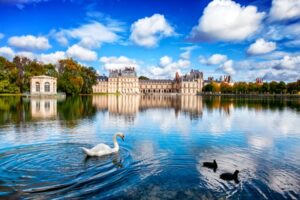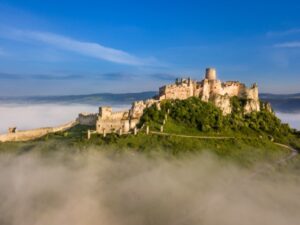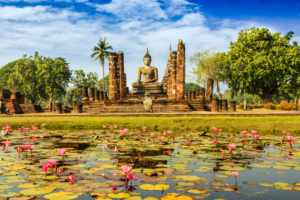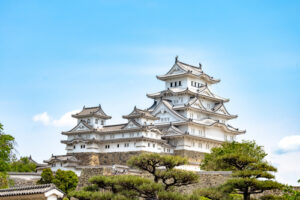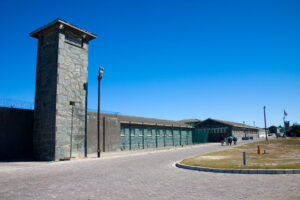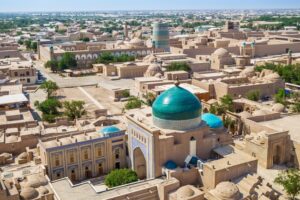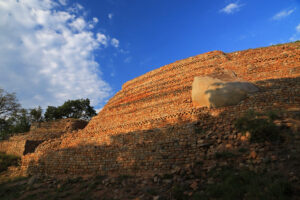| Registration Classification | cultural heritage |
| Registration Criteria | (2),(6) |
| Year of registration | 1981 |
The Palace of Fontainebleau is located in Fontainebleau, a vast forested area in the Ile-de-France. It was the site of hunting lodges built by the kings of France from the 12th century; in the 16th century, François I built a lavishly decorated palace. Surrounded by extensive gardens, the palace was built in a combination of Renaissance and traditional French styles.
Here, a World Heritage enthusiast explains why the Palace and Park of Fontainebleau is a World Heritage Site in an easy-to-understand manner. Read this and you will definitely learn more about the Palace and Park of Fontainebleau!
Palace Interior and History
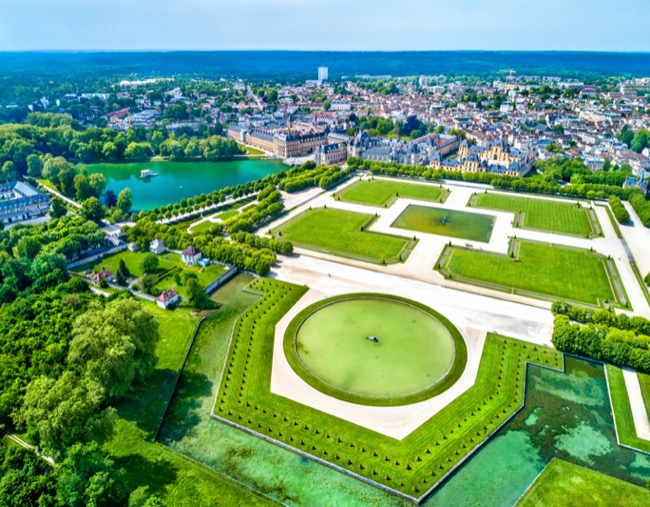
About 70 km southwest of Paris, in the vast forest of Fontainebleau, there has been a hunting lodge here since the 12th century, and it was a favorite place of successive kings. Construction of the palace began in 1528 by François I (1494-1547) and was extended and remodeled until the 19th century. The palace has an irregular structure and has about 1,500 rooms, making it one of the largest palaces in France.
The present palace is based on the period when it was built by François I. This was between 1528 and 1540. François I was a Renaissance monarch and was known for his love of Italian artists in particular, including inviting Leonardo da Vinci to France.
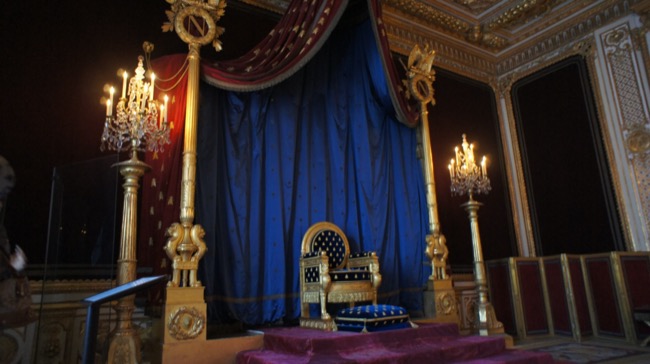


Rosso Fiorentino was a Florentine painter and court painter.He painted frescoes on the walls using Greek and Roman mythology and themes that praised François I. This is known as the “Gallery of François I” which still remains.Along with him, Francesco Primaticcio, who was entrusted with the decoration of the palace, worked on the “Dance Room” and other works. They were called the “Fontainebleau School” and this became the center of the French Renaissance.
During the reigns of Henri II (1519-1559), son of François I, and Henri IV (1553-1610), founder of the Bourbon dynasty, the palace was reconstructed and courtyards and galleries were added. The gardens were also enlarged many times, and during the reign of Henri IV, the Grand Canal, a 1200 m long canal, was installed on the east side of the palace. As the palace was enlarged and decorated more and more, it became a place for the development of French art.
It was also used as Napoleon’s palace
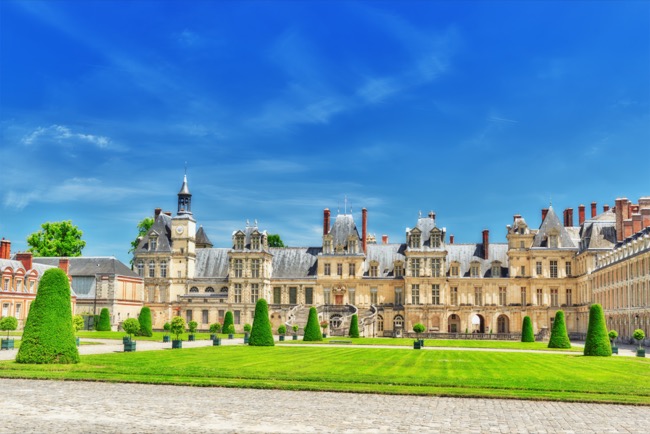


Bourbon kings continued to be born and loved in this palace. However, it was devastated by the French Revolution. It eventually became the residence of Napoleon, who became emperor, and was extensively renovated. It became Napoleon’s favorite palace, so much so that his coronation ceremony was held here.
Napoleon eventually left in 1814, and the palace that can be seen today is the one as it was in Napoleon’s time.The Farewell Courtyard is famous for being the place where Napoleon said goodbye to his Kingsguard.
For what reason is the Palace and Park of Fontainebleau on the World Heritage List?
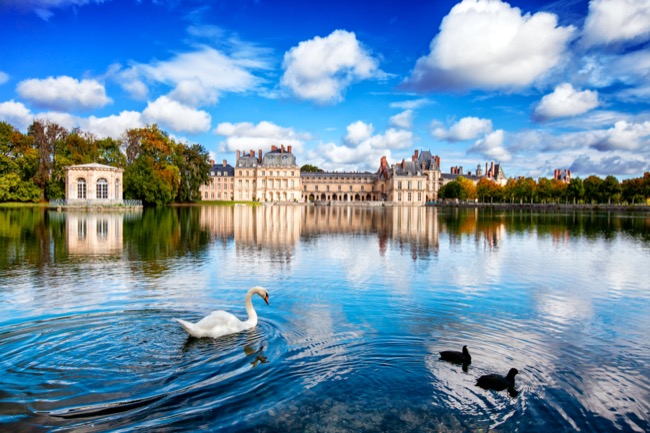


The palace and gardens of Fontainebleau were recognized for
Registration Criteria (ii)
The construction and renovation of the Fontainebleau Palace brought many artists from Italy and the development of Renaissance art in France.
Registration Criteria (vi)
That the palace was used by the French royal family and was the site of significant events in French history, including the repeal of Louis XIV’s Edict of Nantes and Napoleon’s coronation.
World Heritage Mania Conclusions and Comments
The sumptuous palace is a World Heritage Site in its own right, but it is the historical and artistic aspects that are most highly regarded. François I, the Renaissance monarch who built the palace, invited artists from Italy, which was at the forefront of culture at the time, and had them create many works as palace painters. This brought the Renaissance to France, and the culture developed.It was also used as a royal palace for four centuries, so it is also valued for the fact that some of the most important events in world history took place here.
François I invited many artists to France, but Leonardo da Vinci was his greatest admirer, and even after his death, he was a great admirer of his work. It is no exaggeration to say that his love for art created this palace.
*The content here is a discussion derived from research conducted by World Heritage enthusiasts. As for the data, interpretation differs depending on the medium.
